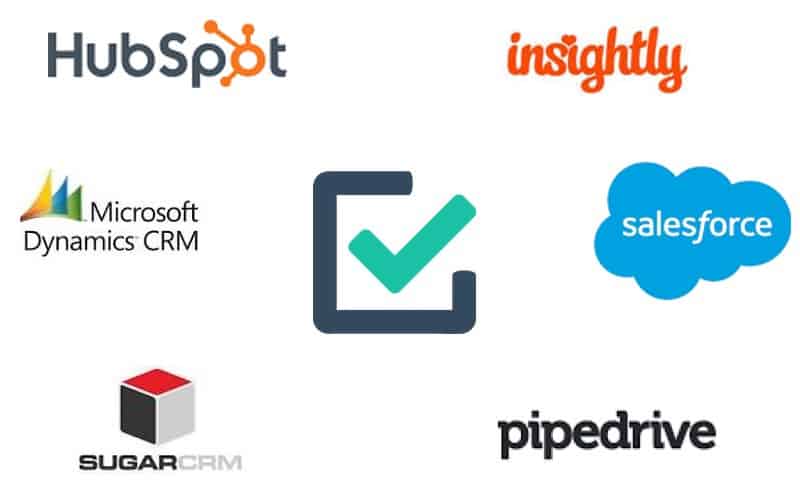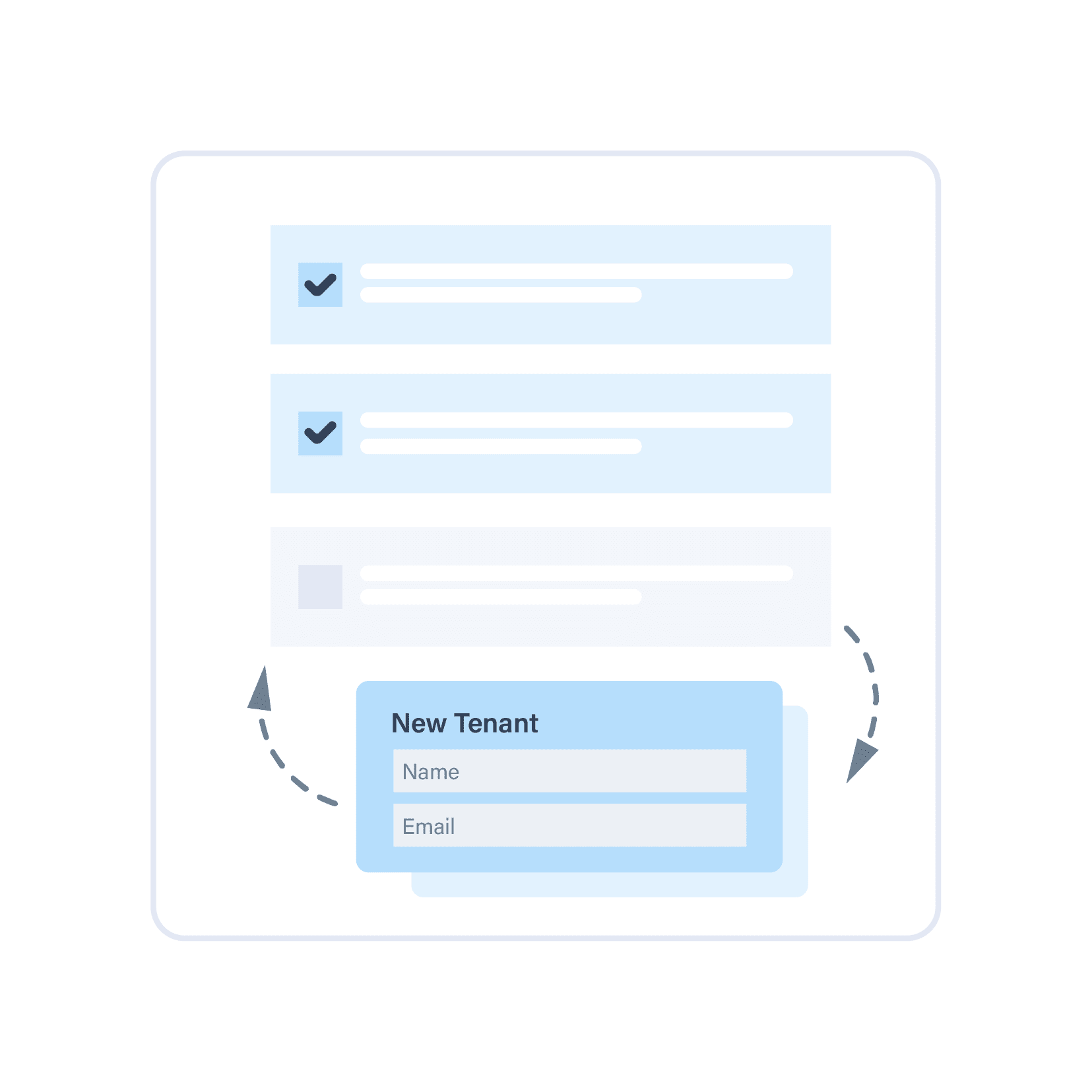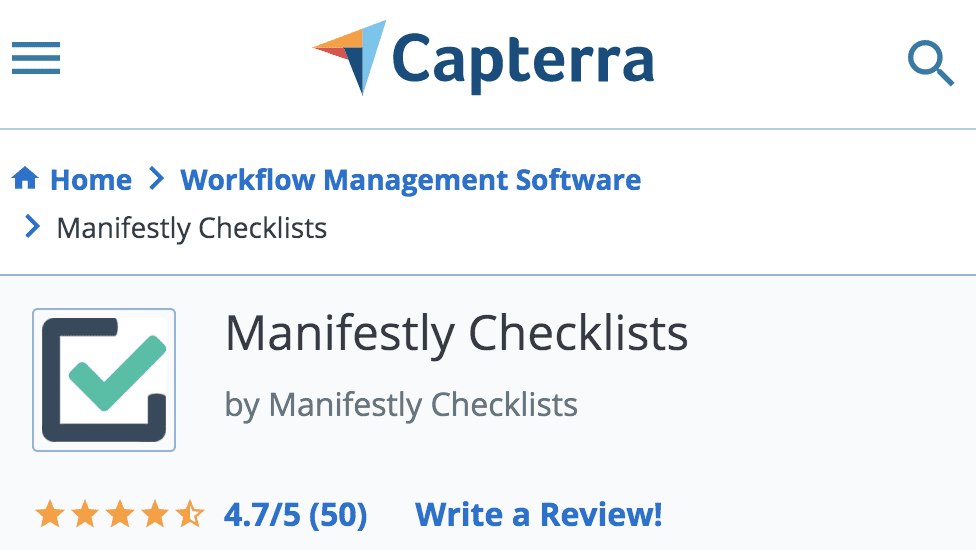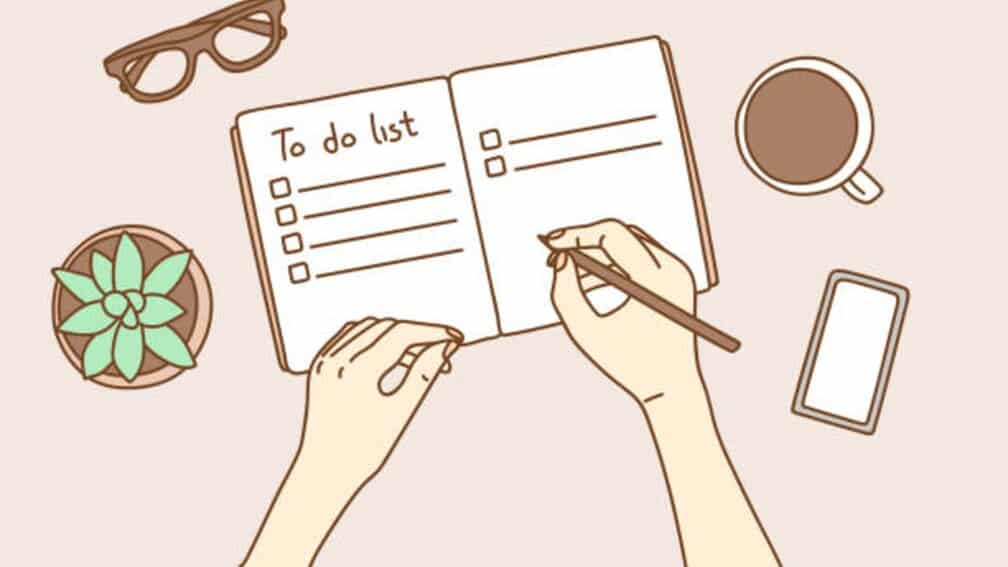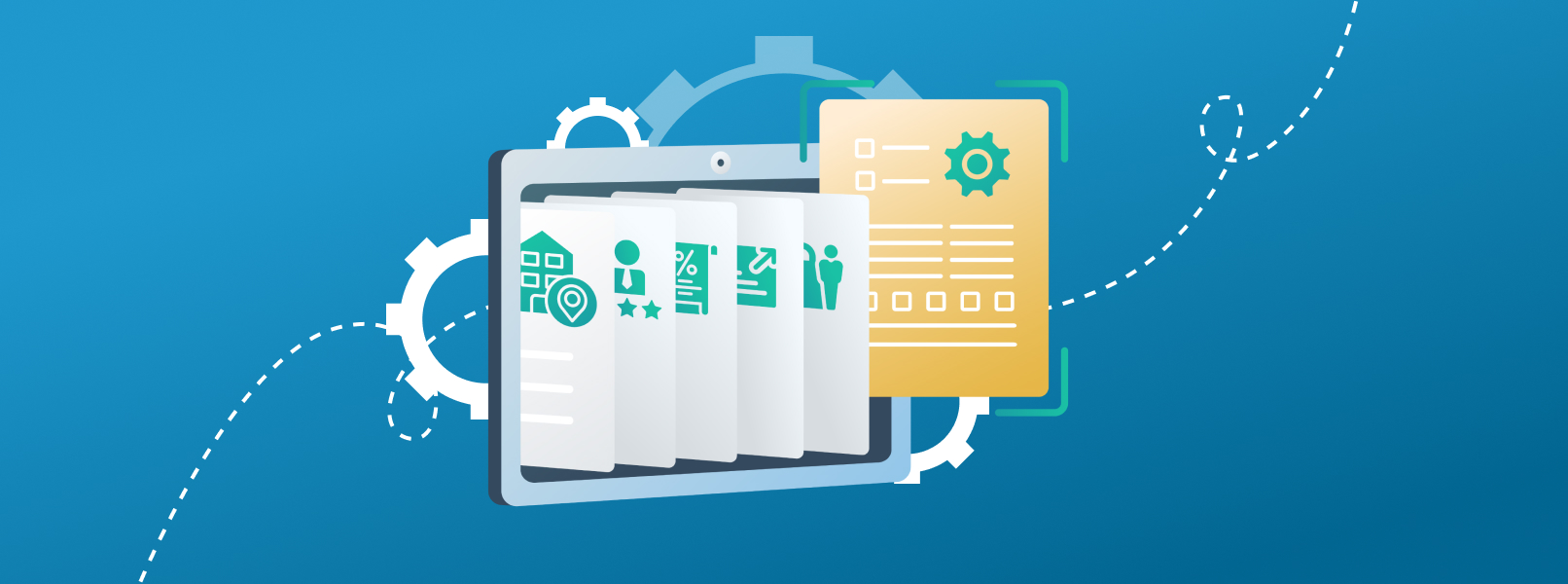Do you struggle with how to write a proposal that will get you noticed and increase your chances of winning contracts? Look no further! In this comprehensive guide, we’ll cover everything you need to know about writing an effective proposal in 2023, including what goes into a proposal, when and why you need them, the structure and format, examples, templates, and pro tips on how to create a winning proposal every time. Plus, discover how to use checklists to create a perfect proposal consistently and with ease!
What is a Proposal and What is in a Proposal?
A proposal is a formal document that outlines the details of a project, service, or product you’re offering. Proposals can be used in a variety of contexts, such as business and sales, research projects, grant applications, and even personal projects. The main goal of a proposal is to persuade the reader or client to choose you and your offerings over your competitors.
The information included in a proposal depends on its purpose, but some common components include:
Title or Cover Page: The first page with the title of the proposal, your name, contact information, and the submission date.
Executive Summary: A brief overview of your proposal, highlighting the main points and the value you bring to the project or client.
Introduction/Background: An explanation of the problem, need, or opportunity that you’re addressing and some context about why it’s relevant or important.
Objectives: A clear and concise description of the specific goals you aim to achieve with the proposed project, service, or product.
Methodology/Approach: A detailed description of the steps, processes, or strategies you will use to achieve the objectives.
Timeline: A projected schedule for completing tasks and milestones, usually presented in the form of a Gantt chart or a simple list.
Budget: A detailed breakdown of the costs associated with the proposal, such as labor, materials, equipment, and overhead.
Qualifications/Experience: A showcase of your skills, expertise, and relevant experience that demonstrates your ability to successfully complete the project.
Conclusion: A final summary that reiterates the key points and leaves a lasting impression on the reader.
Appendix (if necessary): Extra documentation or materials that support your proposal, such as references, data, or visual aids.
When and Why You Need Proposals
Proposals are typically required when:
- Presenting your business or services to a potential client or customer in order to win their business.
- Responding to a request for proposal (RFP) or a request for quotation (RFQ) issued by an organization or company.
- Applying for funding, grants, or sponsorship for research, non-profit initiatives, or other projects.
- Seeking approval or buy-in from decision-makers, such as management, stakeholders, or investors, for a new project or initiative within your organization or company.
The main purpose of a proposal is to convince the reader that you have a solution for their problem, need, or opportunity and that you are the best choice to deliver it. An effective proposal demonstrates your understanding of the situation, highlights the value and benefits of your offering, and showcases your abilities and expertise. In short, proposals are crucial for securing funding, winning contracts, and advancing your professional reputation.
Structure and Format of a Proposal
A well-structured and well-formatted proposal helps the reader easily and quickly understand your message. Here’s an outline of a typical proposal structure:
- Title or Cover Page
- Executive Summary
- Introduction/Background
- Objectives
- Methodology/Approach
- Timeline
- Budget
- Qualifications/Experience
- Conclusion
- Appendix (if necessary)
Formatting tips:
- Use clear headings and subheadings.
- Use bullet points and numbered lists for easy readability.
- Use tables and charts to visually present data and information.
- Choose a professional and easy-to-read font, such as Times New Roman or Arial, and font size between 10 and 12.
- Use consistent formatting and styling for headings, text, and bullet points.
- Use correct citation and referencing styles, such as APA, MLA, or Chicago, if applicable.
Here is a list of FREE and easy online citation generators:
Five Steps to Writing a Proposal
Step 1: Research and Planning
- Understand the client or funder’s needs and requirements.
- Investigate the competition and analyze market trends.
- Identify your unique selling points and value proposition.
- Set clear objectives for what you want to achieve with your proposal.
Step 2: Organize and Outline
- Follow the standard proposal structure (see Section 3).
- Create an outline to guide you through the writing process and ensure you cover all the necessary elements.
- Gather any supporting materials, such as data, research, or case studies.
Step 3: Write the Proposal
- Use clear, concise, and persuasive language.
- Focus on the benefits and value you bring to the client or project.
- Back up your claims with evidence, such as relevant examples, data, or testimonials.
Step 4: Edit and Revise
- Proofread your proposal for grammar, spelling, punctuation, and formatting errors.
- Trim any unnecessary information and make sure your proposal is clear, concise, and error-free.
Step 5: Submit the Proposal
- Ensure you submit your proposal within the specified deadline and in the required format (email, online form, hard copy, etc.).
FREE Templates and Examples
To help you write a winning proposal, we’ve created a selection of FREE templates and examples, specific to different industries and types of proposals, such as business, sales, and grant proposals.
Business Proposal Template Checklist
Introduction
Research and Analysis
Proposal Content
Proposal Design
Proposal Review and Finalization
Appendix
Review and Finalize:
1. Proofread for grammar, spelling, punctuation, and formatting errors
2. Ensure consistency in formatting and style throughout the proposal
3. Verify all required components are included and well-written
4. Seek feedback from a colleague or trusted advisor
5. Make any necessary revisions and finalize the proposal
Find this Business Proposal Checklist Template in our checklist template library.
Sales Proposal Template Checklist
Introduction
Project Details
Competitive Analysis
Client References
Conclusion
Review and Finalize:
1. Proofread for grammar, spelling, punctuation, and formatting errors
2. Ensure consistency in formatting and style throughout the proposal
3. Verify all required components are included and well-written
4. Seek feedback from a colleague or trusted advisor
5. Make any necessary revisions and finalize the sales proposal
Use this Sales Proposal Checklist Template in our checklist templates library.
Grant Proposal Template Checklist
Proposal Development Section
Proposal Writing Section
Proposal Submission Section
Post-Submission Section
Review and Finalize:
1. Proofread for grammar, spelling, punctuation, and formatting errors
2. Ensure consistency in formatting and style throughout the proposal
3. Verify all required components are included and well-written
4. Seek feedback from a colleague or trusted advisor
5. Make any necessary revisions and finalize the grant proposal
Find this Grant Proposal Template Checklist in our checklist template library.
Pro Tips on How to Write Good Proposals
- Familiarize yourself with the client’s industry, language, and expectations.
- Address the client’s goals and concerns directly, and explain how your solution addresses their specific needs.
- Use visuals, such as charts, tables, and infographics, to make your proposal more engaging and easier to understand.
- Be honest about your capabilities and resources—don’t overpromise and underdeliver.
- Keep your tone professional, yet approachable and friendly.
How to Use Manifestly to Write a Perfect Proposal
Manifestly is a powerful tool for creating, managing, and tracking proposals. With Manifestly, you can:
- Collaborate with team members on writing and editing proposals.
- Use checklist templates and workflows to ensure consistency and a well-structured proposal every time.
- Set deadlines and reminders for proposal submission.
- Manage and track the status of your proposals, from drafting to submission and beyond.
- Analyze the performance of your proposals to identify trends and areas for improvement.
In today’s competitive environment, knowing how to write a proposal is essential for securing contracts, grants, or investments. By following these steps, using our free checklist templates, and using Manifestly to manage your proposals, you’ll be well on your way to creating winning proposals that will set you apart from the competition. Happy proposal writing!

